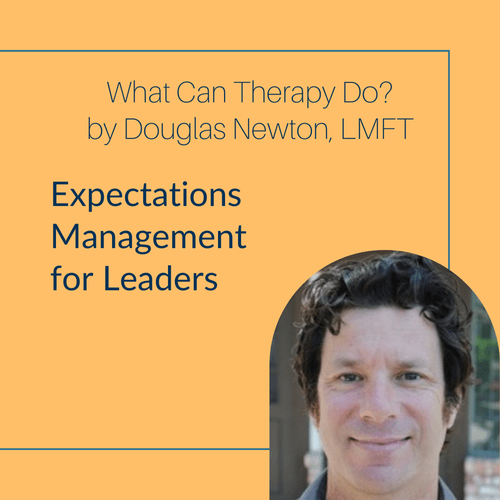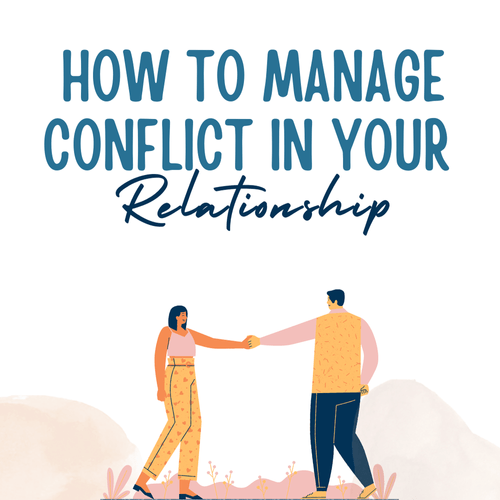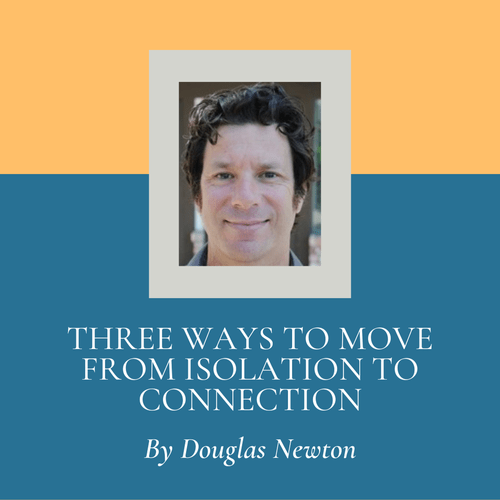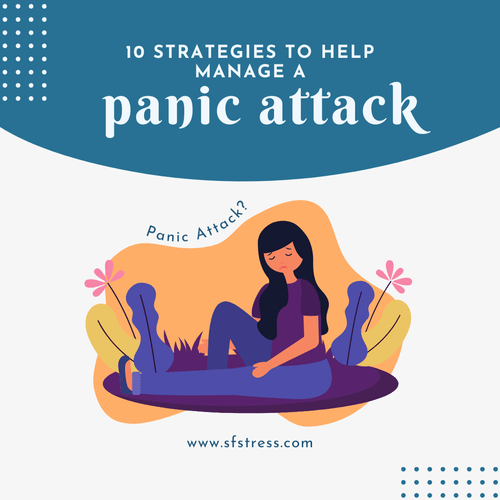Conflict in a relationship is normal and even necessary because it can help us feel more connected and known by our partner if we handle it well. However, unhealthy conflict can lead to distance, disconnect, and unhappiness. If conflict is tearing your relationship apart, it’s time to bring more positivity into your conflict discussions and everyday life by bringing more positivity into your daily interactions.
Common Causes of Relationship Conflict
So why do couples fight? When couples fight, it’s because they are two very different individuals with different perspectives, beliefs, personalities, and values. Those in a healthy relationship embrace and even welcome these differences and learn how to fight fairly. However, in an unhealthy relationship, people try to change one another, and the relationship suffers as a result.
When Conflict Is Healthy in a Relationship
The important thing is how you handle miscommunications and inevitable differences between you when they occur. Conflicts in healthy relationships help the couple feel more connected and understand one another better because they are able to talk about the issue, listen to one another, and repair when necessary. World-renowned marriage psychologist John Gottman explains, “Happy relationships aren’t relationships where there is no fighting. They are relationships where repairs are made after regrettable incidents happen – and where a couple connects daily.”
In healthy conflict, couples are also respectful of one another. They stick to ‘I’ statements instead of ‘you’ statements. They communicate how they feel and what they need without blaming each other. If one partner feels criticized, they can repair the situation in the moment and get back on track. Compromise is possible when they allow their partner’s perspective, feelings, and needs to change their perspective.
When Conflict Is Not Healthy
Conflict becomes unhealthy when the negativity in the discussion outweighs the positivity. In healthy conflict, more positive emotions occur due to repairs being made, partners feeling heard, and emotions and feelings being accepted. Additionally, there are types of negativity that can occur in conflict that are more damaging than others.
Gottman has found four behaviors that he says can seriously damage the relationship and lead to its demise if not addressed. He calls them the four horsemen:
- Criticism- When we criticize the person and don’t deal with our complaint, we take the focus off the issue. Personal attacks can be hurtful and prevent meaningful communication.
- Defensiveness- It can be directly linked to criticism but also happens at other times. Partners can become very defensive, which can escalate the conflict even further. Defending can be a way of avoiding taking responsibility for your own actions.
- Contempt- Mocking or making fun of a partner at any time is not a great idea and can leave a partner feeling belittled. This can be extremely damaging to relationships.
- Stonewalling- The final horseman is stonewalling. When a partner withdraws from the discussion, it can literally mean they walk away, but it can also mean they emotionally distance themselves from their partner.
How Relationship Conflict Can Bring You Closer Together
Often, conflict in a relationship is seen as a sign of trouble. It is something to be avoided. However, this is not so. Conflict is a normal part of a relationship and can help us understand one another better and make us feel safe and important. Disagreements are opportunities to learn from one another. By listening to our partner and sharing our side, we can learn something new about one another that we may not have known had the conflict not occurred.
Conflict also brings us closer by providing a sense of safety and importance when we are able to repair. We feel safe when we know that, despite challenges, our partner will be there for us, and we will be able to repair the relationship. You don’t have to get it right all the time. You can both feel safe if you can resolve the conflict and repair the damage with your partner, you can both feel safe. Having the assurance that our partner will always be there for us, even when things get tough, helps us feel close, connected, and secure in our relationship.
Tips for Dealing with Relationship Conflicts
Couples Therapy
For many people, the concept of positivity in conflict is foreign. Many of us lacked role models for how to have a healthy, successful conflict discussion. As a result, most of us have no idea how to do it or even where to start. Getting help from a qualified professional is the best way to ensure that you are successful.
Individual Therapy
Many times, one partner wants to seek counseling, but the other is not yet ready to do so. If this is your situation, don’t give up entirely on the idea of therapy. Individual therapy can be a powerful tool in improving a relationship. A therapist can help you understand your role in the relationship dynamic and provide tools and insights to help you shift your relationship in a positive direction.
Self-Soothe
You must be able to stay calm and engaged in order to be able to hear your partner’s emotions and respond to them. Pay attention to your body during conflict discussions. Do you feel relaxed and at ease or tense and stressed? If you notice tension in your body, take a few deep breaths and try to calm your body and mind so that you can tune back into your partner.
Repair During Conflict Discussions
Nobody is perfect, which is why having the ability to repair during a conflict discussion is so important. Even happy, stable couples get off track at times during conflict discussions. The most important distinction between happy and unhappy couples is their ability to get back on track or not.
So what does a repair during conflict look like? A repair is anything you say to de-escalate tension in a discussion. Here are a few examples:
- Tune your partner into their feelings: Perhaps your partner says something that makes you feel criticized. Instead of responding defensively (which will escalate the situation), you can share that you feel criticized. You may say, ‘I feel criticized.’ ‘Would you mind rephrasing that?’
- Take responsibility when you mess up: We are all human, and sometimes we say things we regret or that we know were harsh. Many of us, however, do not acknowledge that in the moment. However, taking responsibility in the moment can be a powerful way to de-escalate the situation. You can apologize for your actions by simply saying, ‘My reaction was too extreme.’ Sorry. Let me try again.’
- Humor: Many people find it difficult to access humor during conflict discussions, but if you can use it, it can be the most effective form of repair. You can express humor in a playful manner by sticking out your tongue, making a joke, or giving a goofy smile to encourage laughter and lighten the mood.
Take Breaks as Needed
If you are unable to calm your body and remain engaged in the conversation, it may be time to take a break. Once we become flooded and our physiology changes, we cannot hear our partner, solve problems or have empathy for them until we can calm down, which requires a break. Tell your partner that you are feeling overwhelmed and need a little time.
You may want to go into another room and engage in a relaxing activity for a while. Try deep breathing or progressive muscle relaxation. Other activities, such as listening to music, taking a bath, or going for a walk, maybe more relaxing to some people. Calm down at least 20 minutes before resuming the conversation with your partner.
Date Nights
It may seem strange to include friendship skills in an article about conflict, but the strength of your friendship determines your ability to manage conflict well. Date nights are encouraged by marriage therapists for a reason. It’s because they work! Date nights give you and your partner time to connect, have fun, and talk about things other than everyday tasks, responsibilities, and schedules. Date night is often associated with an evening out at a restaurant, which can be expensive and the last thing you want to do after a long day.
However, date night can be anything you want it to be. It’s a set time for couples to spend together and focus on their relationship. There are countless ways to accomplish this (and it doesn’t have to be at night or cost you anything!). For example, you could have a picnic on the living room floor, sit outside after the kids are asleep and just talk, take a walk around the neighborhood, or take a cooking class together. The ideas are endless. The key is to get creative and make it a priority to ensure it happens.





